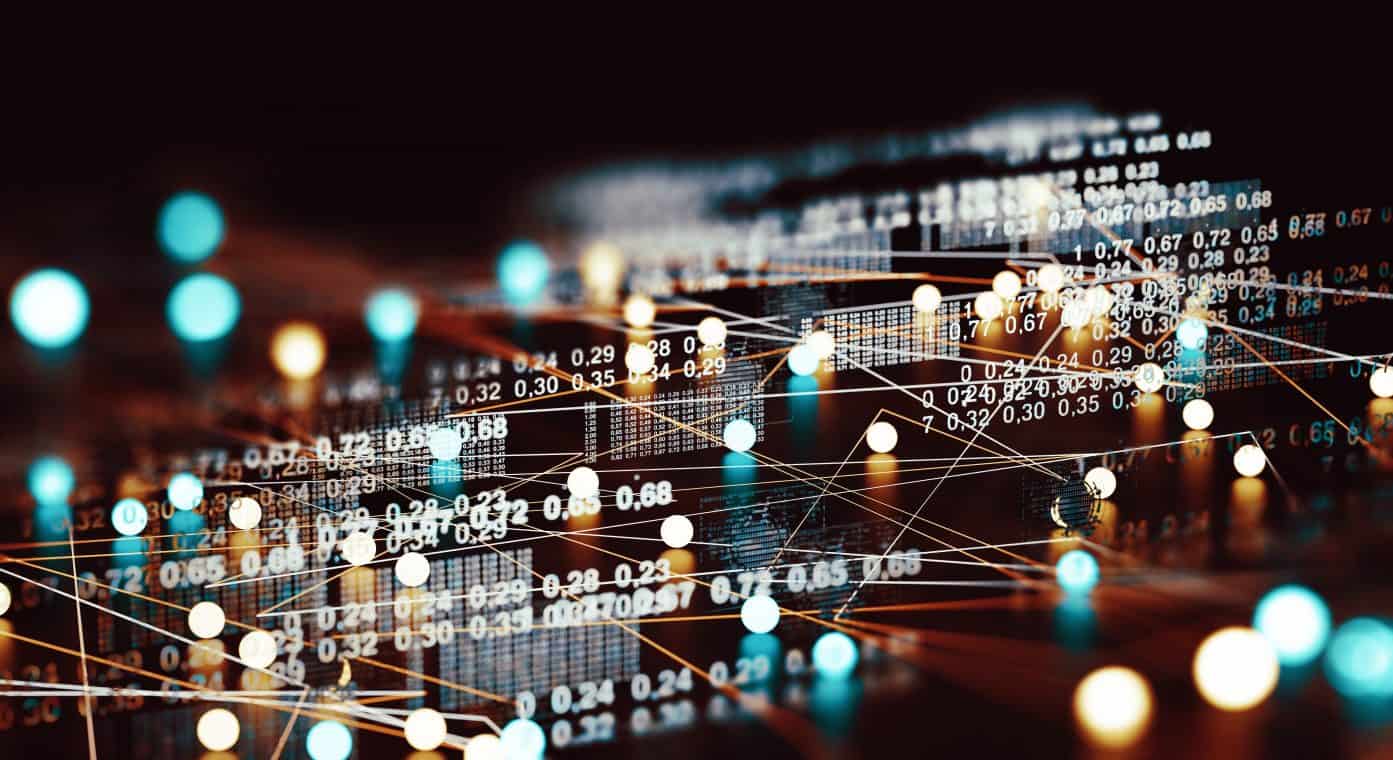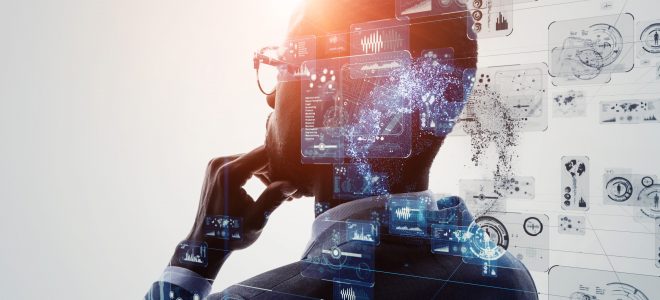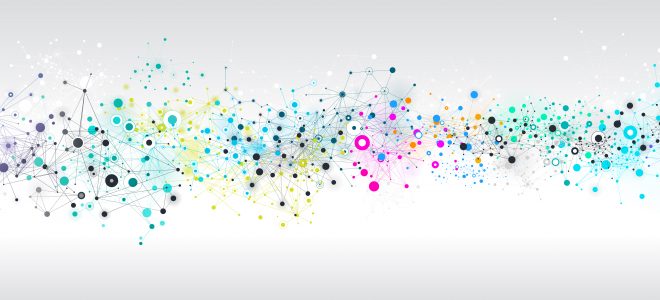Advanced Data Exploitation
Sometimes data is easy to interpret, but more often the narrative is hidden in the noise. Advanced data exploitation uses statistical techniques and domain knowledge to help data tell its story.
Join Our Team
The answer we seek is often partially in the data and partially in knowledge we didn’t know we knew.
Reasoning About Uncertainty
Just as logic is the science of reasoning about truth and falsehood, Bayesian inference is the science of reasoning about things that are uncertain. It is the blueprint for exploiting data to reduce one’s uncertainty about some facet of the world. However, it is often difficult to reduce real-world problems and noisy data to tractable statements of either logic or inference. Whether reasoning about data from physical sensors, from social networks, or from complex combinations of data types, Metron specializes in finding novel solutions to difficult inference problems.
Graphical Models
Graphical models are a concise visual description of the statistical relationships among known and unknown quantities. They represent these quantities as nodes in a network, and relationships as links. A graphical model that underlies many of Metron’s tracking technologies is the Bayes filter, which combines models for motion and observation.
The true location of a target at successive times are nodes of a simple Bayes filter. A motion model links the target’s current location to its likely locations at the next time. An observation model links its location to our measurement of it. Once these relationships are specified, we can use the Bayes filter to process noisy location measurements into an accurate track of the target’s location over time.
Graphical models can encode expert knowledge about the relationships between data and unknown quantities. Metron develops graphical models to represent a wide variety of situations beyond simply tracking a target, along with the algorithms required to infer unknown quantities as efficiently as possible from the available data.
-

A Bayes filter with generic motion and observation models
Learning from Data
Neural networks are a class of graphical model in which expert knowledge is not encoded, but learned. Properly training a neural network on a large number of images, for example, yields a graphical model that can distinguish cats from dogs as well as a human can, though in each case the way this recognition arises remains opaque.
Some customers have large data challenges that are difficult to define. They may want to flag “anomalous” occurrences or to detect when a “change” of some kind has occurred. In such cases the solution involves a suite of general techniques, together with a targeted series of conversations with a customer to define which types of anomalies, among the myriad possibilities, are the ones important to them.
Tailored Solutions
Metron specializes in selecting the correct data analysis techniques for an individual customer’s needs and tailoring the techniques or developing entirely new mathematics as necessary.
Metron has extensive experience in helping customers with threat detection. Sifting through a complex database, one may find anomalies such as records with extreme or rare values, or unusual patterns of linked records. Combining anomaly detection with the ability to track unknown quantities from noisy data sources provides a powerful threat detection capability.
Whether a customer’s problem is one of threat detection, situational awareness, or something they can’t quite define, the combination of understanding the customer’s domain and using the proper data exploitation methods has produced many excellent solutions to their problems.


Metron Careers
Data Science Career Opportunities
Metron hires data scientists with experience researching novel approaches that advance the state of the art. Our data scientists apply these innovations to new problem domains working alongside subject matter experts. They are familiar with machine learning tools and pipelines and work with software engineers to integrate solutions into client systems.




